Fasteners are essential in construction and manufacturing, with the humble screw being one of the most common. Fundamentally, a screw is a threaded fastener designed to be rotated to hold materials together, typically requiring a pre-drilled hole and often a nut or threaded receptacle.
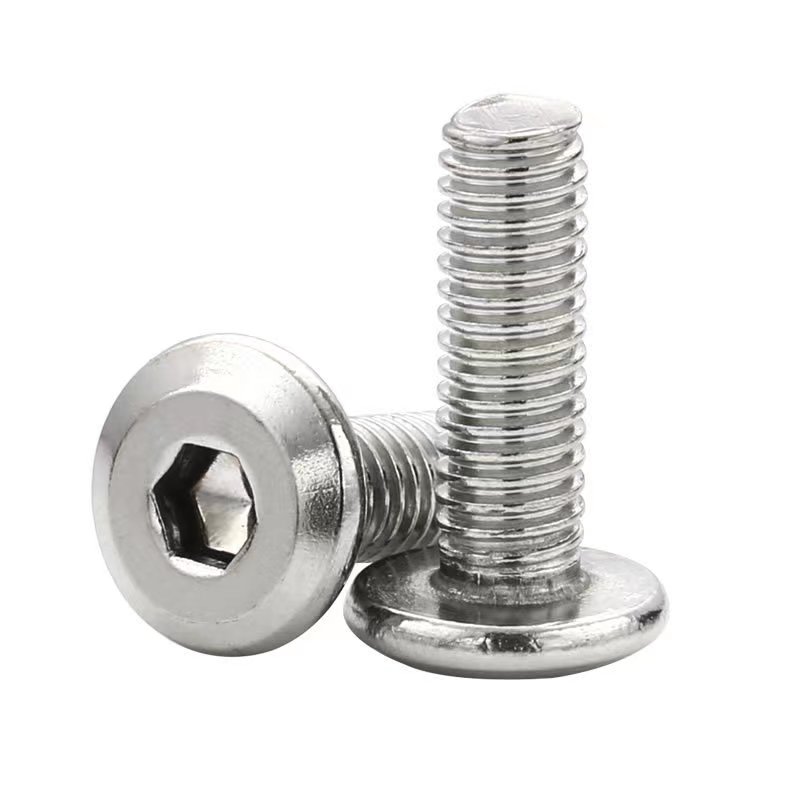
In contrast, a tapping screw (also widely known as a self-tapping screw) is a specialized type of screw engineered to create its own mating threads as it is driven into the material, eliminating the need for pre-tapping the hole.
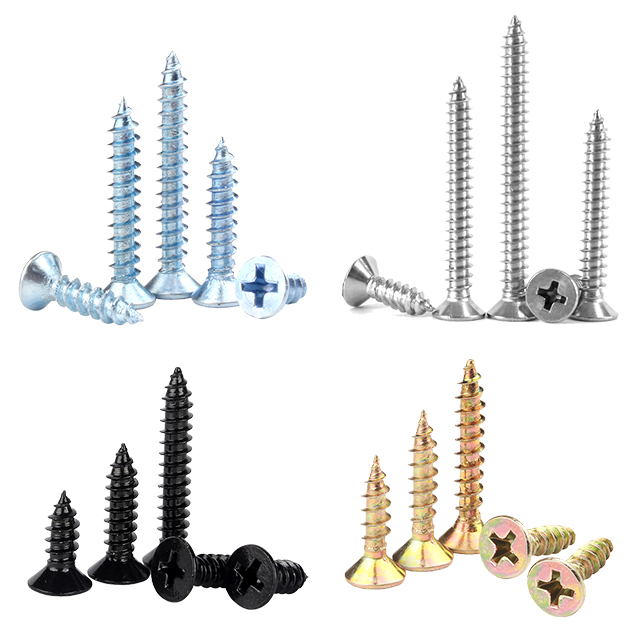
Visually and structurally, key differences emerge. A standard screw, like a machine screw or wood screw, usually has consistent threads along its shank and may have a blunt or slightly tapered tip. Its threads are designed to engage existing internal threads or cut into softer materials like wood. Conversely, a tapping screw features a sharply pointed tip resembling a drill bit and often has unique thread forms. The threads on a tapping screw are typically harder, more pronounced, and may have a spaced or asymmetrical profile specifically designed to cut or form threads into harder materials like sheet metal or plastic upon installation.
Regarding specifications, both standard screw types and tapping screw types share common sizing systems (e.g., diameter, length, head style - pan, flat, hex).
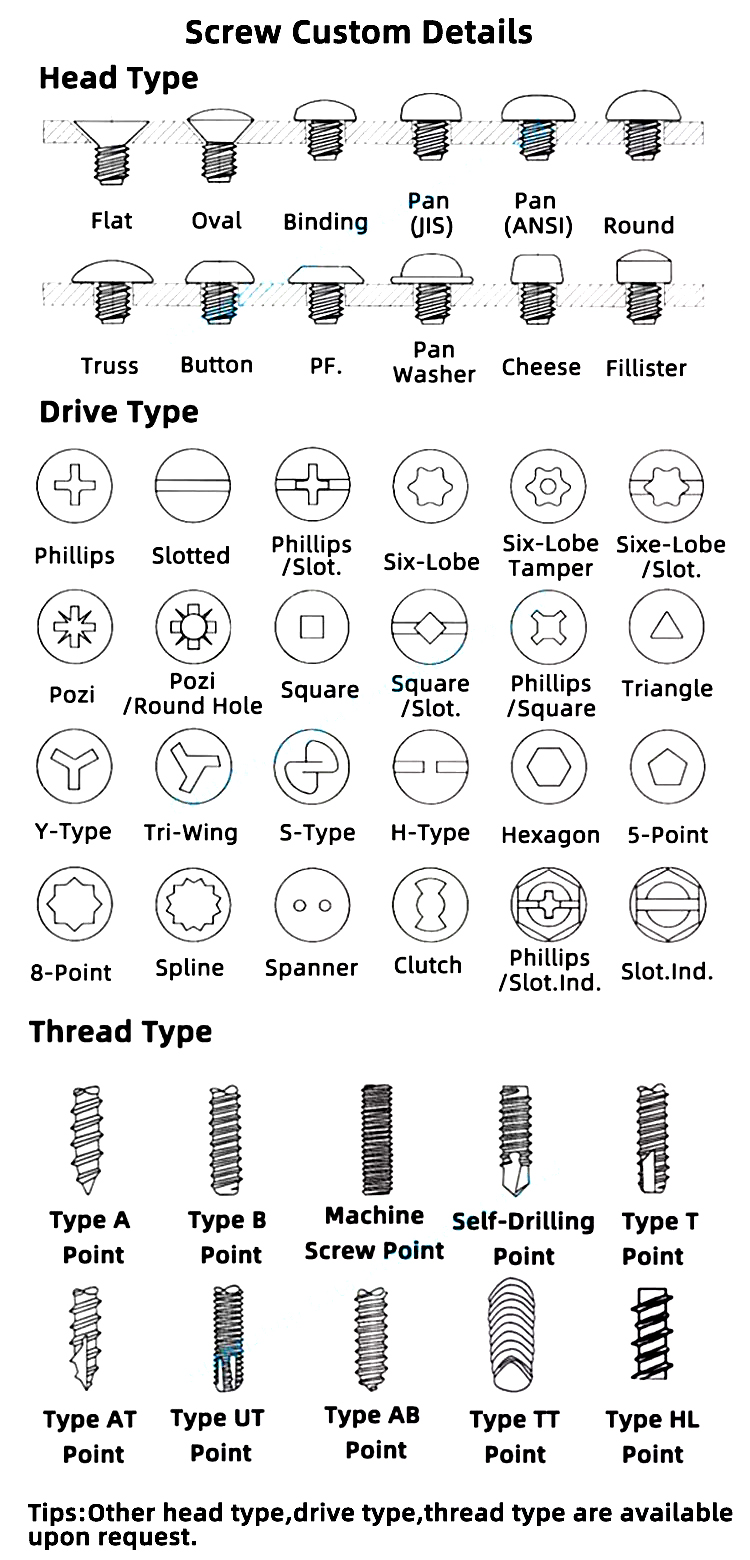
However, the tapping screw category includes specific designations related to its thread-forming ability, like TEK points (numbered for material thickness) or thread types (e.g., Type A, B, AB, F for sheet metal). Material choices overlap significantly; both a carbon steel screw and a stainless steel tapping screw are prevalent. Zinc plating is a common, economical surface treatment for both types of fasteners, providing basic corrosion resistance. More robust coatings like zinc flake (Geomet) or specialized sealants are frequently applied to a tapping screw used in harsh environments (e.g., automotive underbodies), while a brass or silicon bronze screw might be chosen for marine applications.
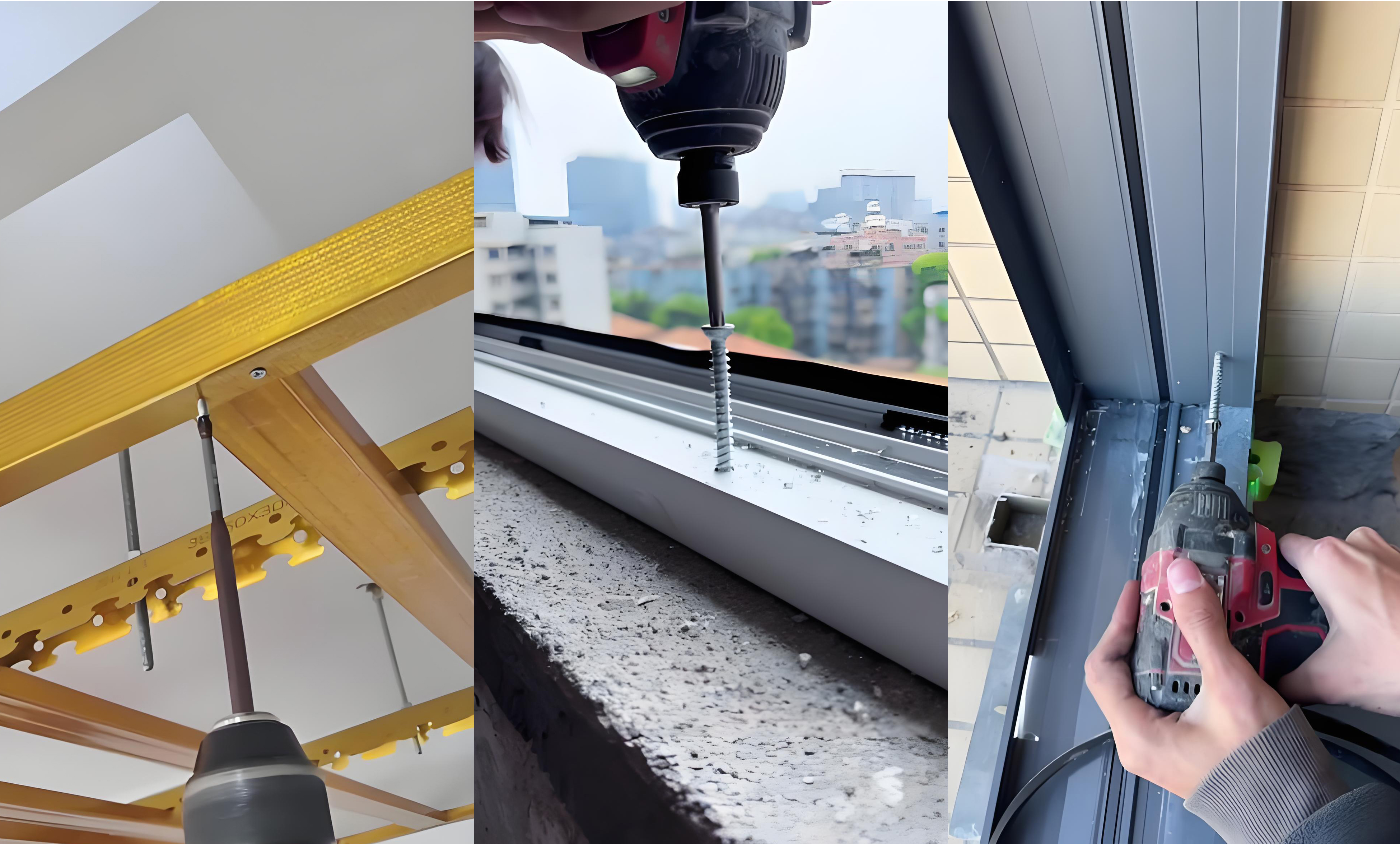
The installation process highlights a crucial distinction. Installing a standard screw almost always necessitates a pre-drilled pilot hole and often a pre-tapped thread in harder materials; forcing it risks damage. The tapping screw, however, is driven directly into the base material. As it rotates, its sharp point starts the hole, and its specially designed threads cut or cold-form the mating threads, creating a secure fit in one step. Power tools like electric screwdrivers or impact drivers are commonly used for both, though driving a tapping screw often requires higher torque initially. Care must be taken not to over-torque either a screw or a tapping screw, as this can strip threads or shear the fastener.
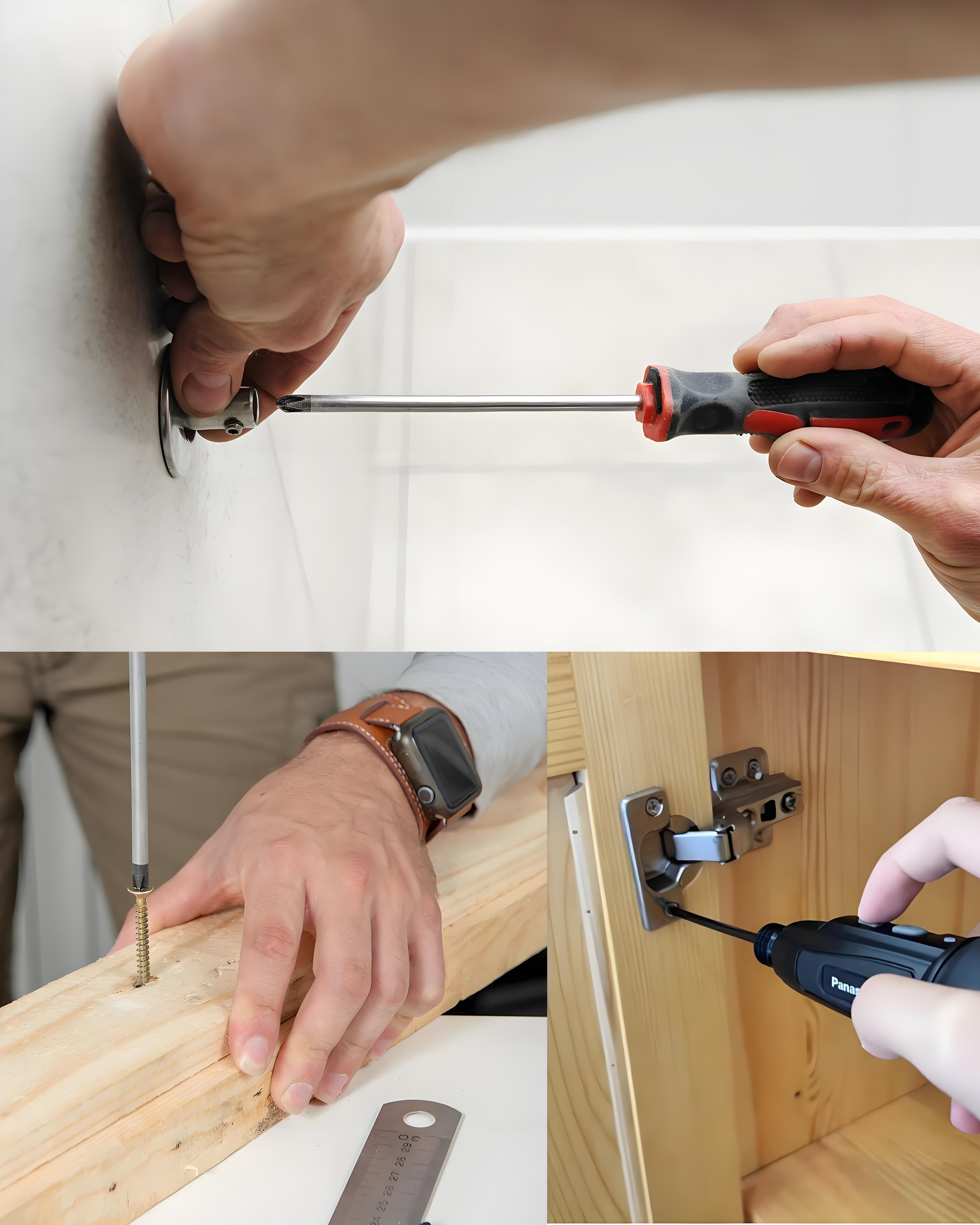
Application dictates the choice. A standard screw excels where precise, strong, and reusable connections are needed with pre-existing threads, such as assembling machinery with tapped holes, securing nuts on bolts, or joining wood components. The tapping screw shines in scenarios requiring speed and efficiency, especially into thin or relatively soft materials without pre-existing threads. Common uses for a tapping screw include fastening metal brackets to steel studs, attaching roofing or siding sheets, assembling HVAC ductwork, securing electrical boxes to metal frames, and joining plastic components. Essentially, the tapping screw provides a quick, strong, one-step fastening solution where a traditional screw would require more preparation.

















